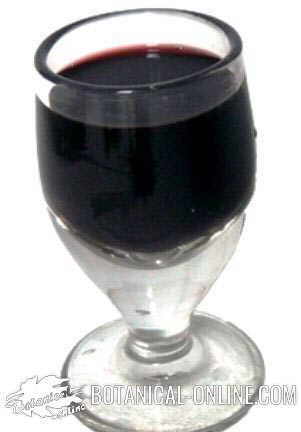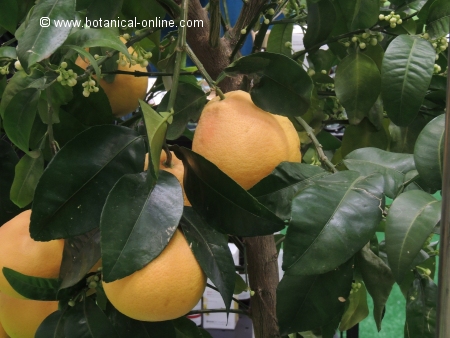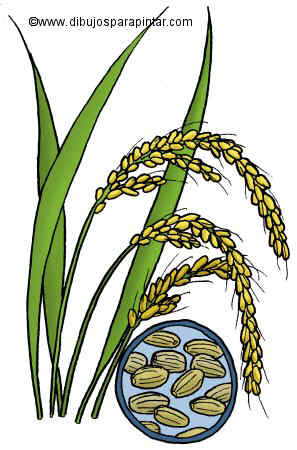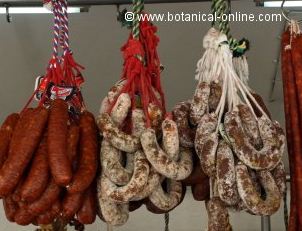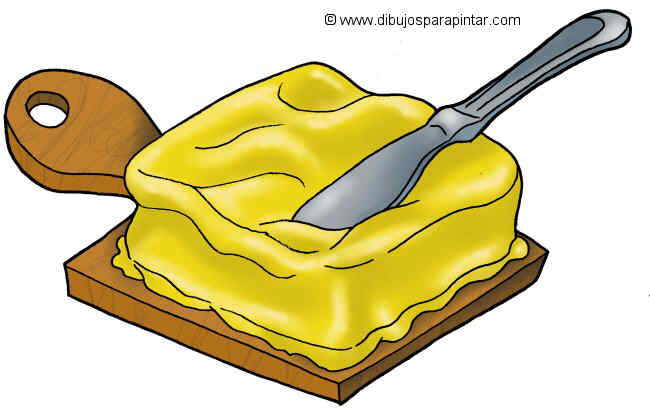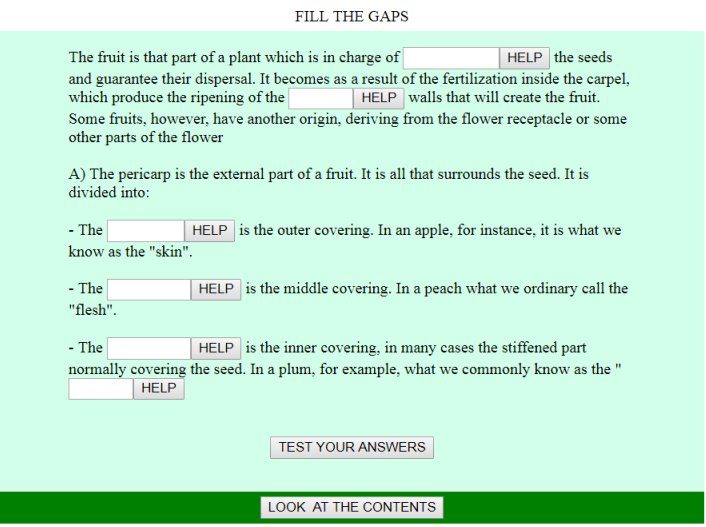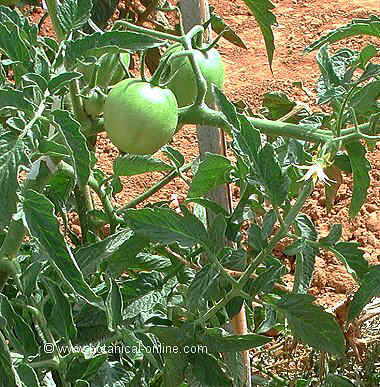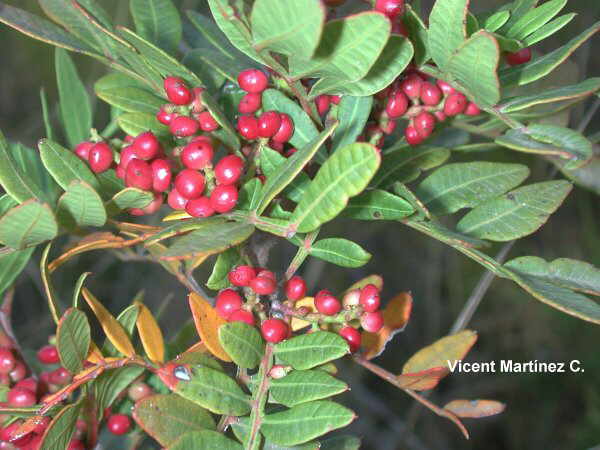Contents
How to grow sunflower (Helianthus annuus)
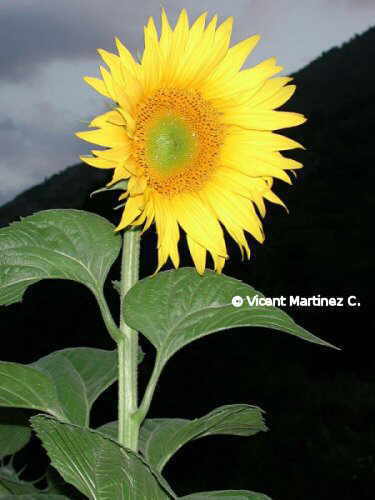
|
Other species of “Helianthus“
Helianthus decapetalus—————– Thinleaf sunflower
Helianthus maximiliannii——————— ……………..
Helianthus x multiflorus ——————……………..
Helianthus sacilifolius ——————— Willowleaf sunflower
Helianthus tuberosus ———————……………..
![]() More information on sunflower.
More information on sunflower.

 Sunflower watering
Sunflower watering